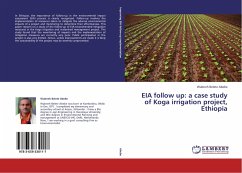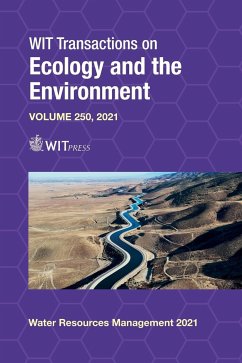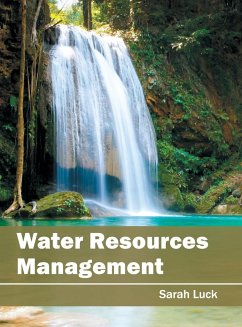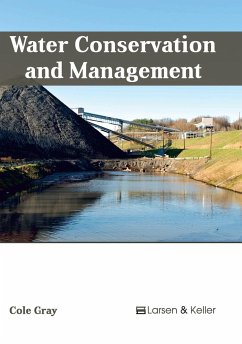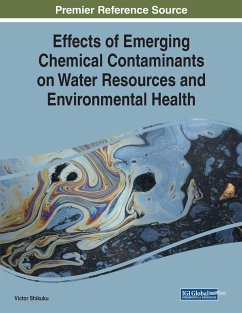Nicht lieferbar
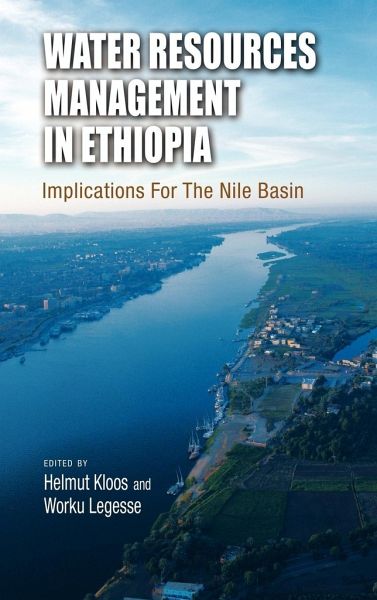
Water Resources Management in Ethiopia
Implications for the Nile Basin
Herausgeber: Kloos, Helmut; Legesse, Worku
Versandkostenfrei!
Nicht lieferbar
Sub-Saharan Africa, the poorest region worldwide, has only recently begun to fully address the issues of meeting the water needs of its rapidly growing population, to reduce the deepening poverty besetting the region and to accelerate economic growth. The Nile Basin, characterized by sharp spatial and temporal variations in water resources and including countries with different economies, social and political structures and capacities, illustrates the challenges of developing and managing the waters of the Nile River and its tributaries, lakes and wetlands equitably among its 10 riparian count...
Sub-Saharan Africa, the poorest region worldwide, has only recently begun to fully address the issues of meeting the water needs of its rapidly growing population, to reduce the deepening poverty besetting the region and to accelerate economic growth. The Nile Basin, characterized by sharp spatial and temporal variations in water resources and including countries with different economies, social and political structures and capacities, illustrates the challenges of developing and managing the waters of the Nile River and its tributaries, lakes and wetlands equitably among its 10 riparian countries. Ethiopia, the major source of the Nile but one of the poorest countries in the Nile Basin, has recently begun to implement plans to harness more Nile water through hydroelectric and irrigation development both for national use and for transboundary development as part of the Nile Basin Initiative. The Ethiopian government and communities, by using different management approaches and resources, are trying to boost water, energy and food production, strengthen conservation efforts and mitigate potential repercussions of water resources development. These initiatives and programs have not been comprehensively examined. In this study, the editors address these and other issues surrounding water resources management in all economic and water sectors in Ethiopia within the setting of the Nile Basin, the first comprehensive treatment of this subject. The wide scope of this book is consistent with the tenets of integrated water resources management, which demand that all water uses be managed in an integrated fashion for optimum and sustainable benefits to all water users, both humans and ecosystems. This book reveals the impacts of various resource management approaches and practices in Ethiopia and the Nile Basin. Specifically, it examines how deforestation and prevailing land use practices have exacerbated soil aridity and flood events, why irrigated agriculture and hydropower development have caused floodplain degradation, livelihood hardships and water-related diseases, where industrial and agricultural development is increasingly polluting water resources, how household water supplies can be obtained through rainwater harvesting and the dependence on hydropower reduced through alternative energy sources and how misguided government policies have impeded efforts to deal with these and other challenges. Results reveal dynamic interrelationships between these processes and identify the human and environmental driving forces, which must be understood in effective integrated water resources management. Another unique contribution of this book is the examination of the role of government and communities in managing water resources in Ethiopia. Results show that the top-down approach used by the socialist Derg government in soil and water conservation and social programs exacerbated water problems and reduced community participation. Moreover, the failure of its economic program reduced agricultural production, increasing dependency on relief food and further impeding community initiatives in soil and water conservation activities. Many elements of central planning persist in spite of the decentralization drive by the current government, but there is evidence that integration of the top-down and bottom-up approaches to water resources management is necessary (and feasible) to strengthen and up-scale programs to the national level. The book identifies a number of customary water and soil management practices and institutions that may strengthen especially community-based rainwater harvesting, small-scale irrigation, reforestation, soil and water conservation and flood control efforts. This is an important book for researchers and students of resources management, rural development, hydrology and African studies.







